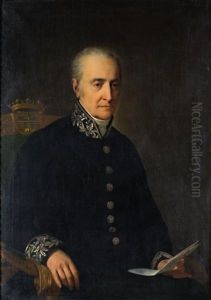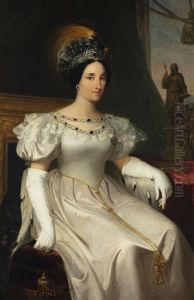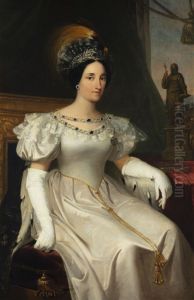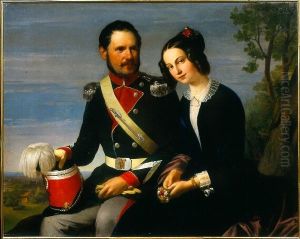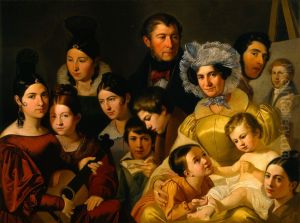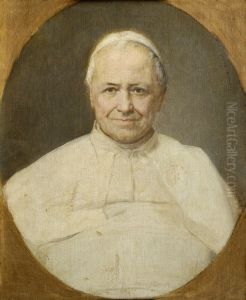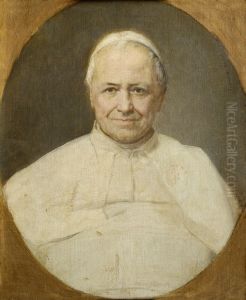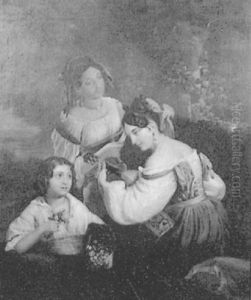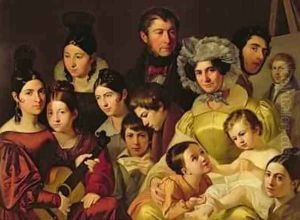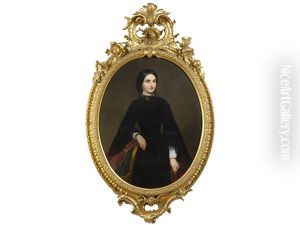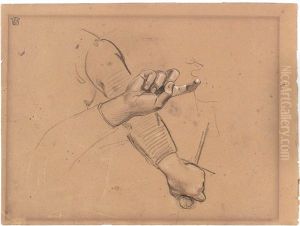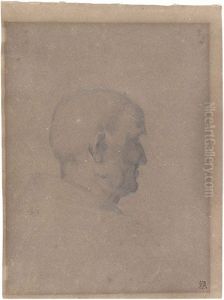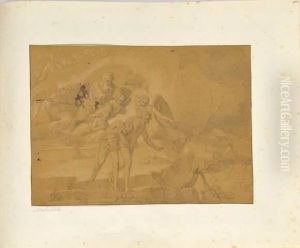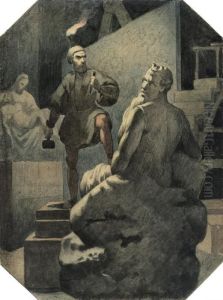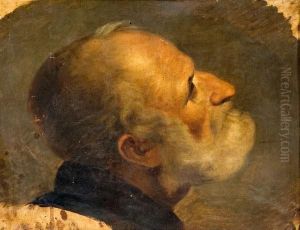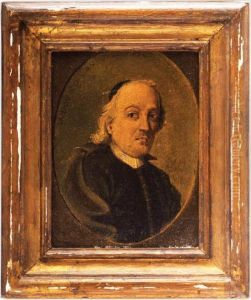Adeodato Malatesta or Malatesti Paintings
Adeodato Malatesta, also known as Adeodato Malatesti, was an Italian painter active during the late 18th and early 19th centuries. Born in Faenza, Italy, in 1788, Malatesta showed an early aptitude for the arts. His initial training was under the guidance of Giuseppe Zauli, a respected painter of the time. After honing his skills locally, Malatesta moved to Bologna to further his studies at the prestigious Accademia di Belle Arti di Bologna (Academy of Fine Arts of Bologna), which was a central institution for artists aspiring to perfect their craft in the Neoclassical style prevalent during that period.
Malatesta's style was heavily influenced by the Neoclassical movement, which was characterized by a return to the simplicity and elegance of art from antiquity, specifically Greek and Roman art. This movement was a reaction against the ornate and often dramatic styles of Baroque and Rococo. In his works, Malatesta focused on historical and mythological themes, which were common subjects of the Neoclassical era. His paintings were known for their clarity of form, serene composition, and subdued palette, which echoed the principles of his artistic contemporaries and predecessors like Jacques-Louis David and Antonio Canova.
Despite his promising talent, Adeodato Malatesta's life and career were cut short. He died at a relatively young age in 1826. Due to his untimely death, Malatesta did not leave behind a large body of work, and as a result, he is not as well-known as some of his contemporaries. Nevertheless, his contributions to the Neoclassical movement in Italy during his brief career have been acknowledged by art historians. Malatesta's works can be found in various Italian collections, showcasing the elegance and refined taste of the Neoclassical period.
